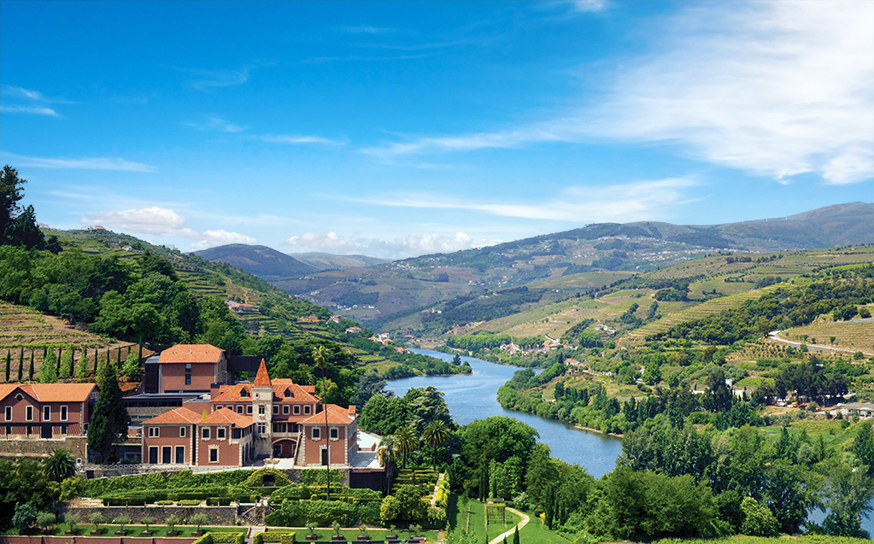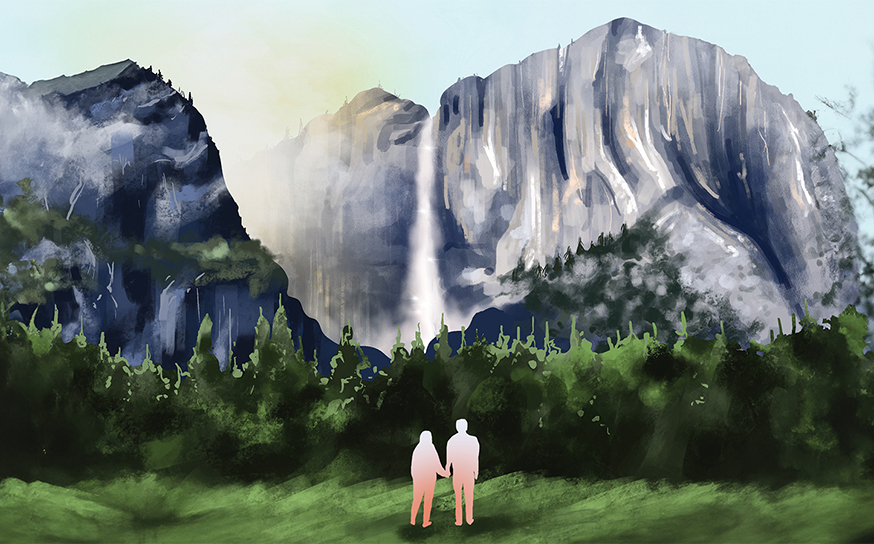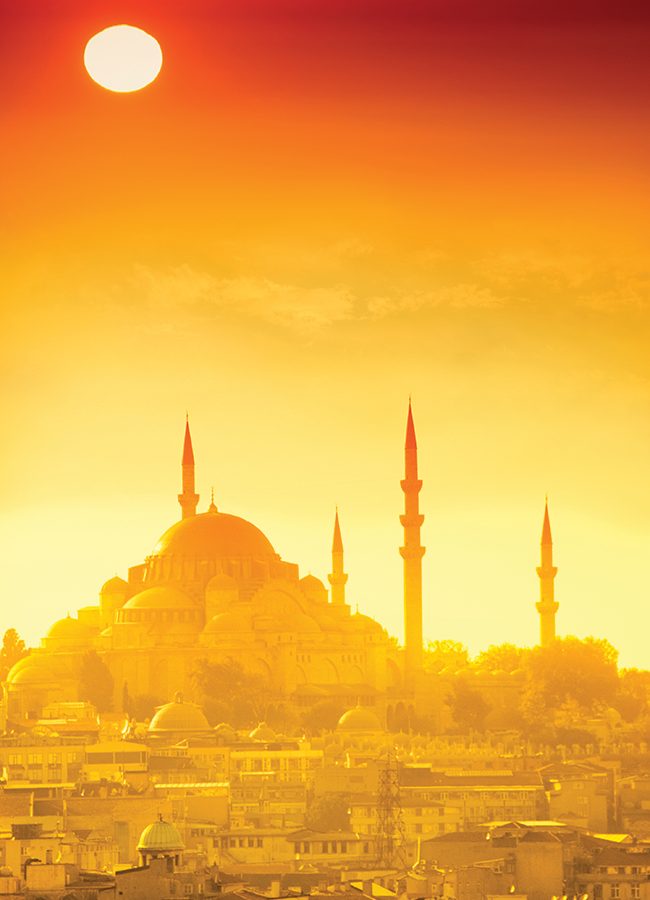
A Tale of Two Istanbuls
From LAX to IST With Love
-
CategoryTravel
-
Written byFabienne Marsh
For fans of the current hit British series Downton Abbey, Mr. Pamuk is the Turkish gentleman responsible for tarnishing Lady Mary’s reputation. The other Pamuk (which the writers of Masterpiece Theater had to know) is the 2006 Nobel prize-winning Turkish author of Istanbul, Memoirs of a City.
Both Pamuks are what the film industry calls inciting incidents—“the primary cause for all that follows” (Robert McKee, Story). Lady Mary’s infatuation with Pamuk sets into motion her often improbable and irresistible plot. Reading Orhan Pamuk’s masterpiece precipitated my equally irresistible and improbable weekend trip to Istanbul.
The reaction from my European family and friends was predictable: “You Americans are crazy!” Apparently, we have not lived down our whirlwind traveling ways depicted in the 1969 film If it’s Tuesday, This Must Be Belgium—a nine-country, 18-day bus trip from London to Rome. I reassured my Parisian aunt, who would meet me in Istanbul, that by comparison, the pace for our Istanbul trip would be leisurely. Cruises often stop for (unfathomably) a single day. Turkish Airlines had recently announced its direct flight from LAX to Istanbul, making a Thursday to Tuesday trip possible.
This is not the first time a book or a work of art had inspired my journey. Nabokov’s Speak, Memory, W.H. Hudson’s The Purple Land and George Sand’s Winter in Majorca led me to pilgrimages in St. Petersburg, South America and the monk’s cell shared by Sand and Chopin (and his piano) in Valldemossa.
The soul of a place emerges from the work of any great writer, as do their keenly-observed details. On the subject of Ulysses, James Joyce once told a friend, “I want to give a picture of Dublin so complete that if the city one day disappeared from the earth, it could be reconstructed out of my book.”
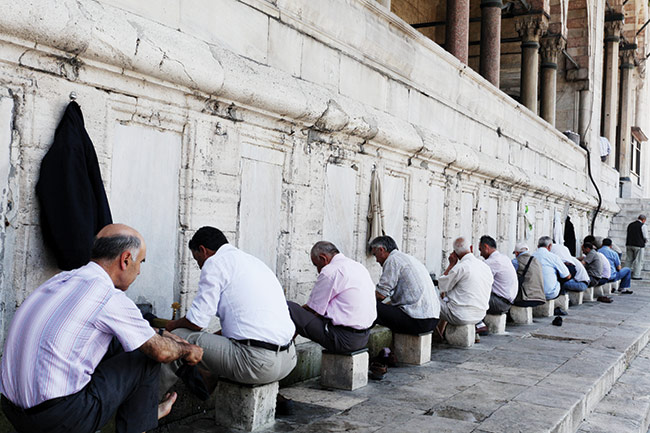 Orhan Pamuk had done all this and more for Istanbul, a 2,000-year-old city linking Asia to Europe, with a history spanning Byzantium, the Eastern Holy Roman Empire (Constantinople), the city’s conversion to Islam after the Ottoman victory in 1453, and Kemal Atatürk’s secular republic since 1923.
Orhan Pamuk had done all this and more for Istanbul, a 2,000-year-old city linking Asia to Europe, with a history spanning Byzantium, the Eastern Holy Roman Empire (Constantinople), the city’s conversion to Islam after the Ottoman victory in 1453, and Kemal Atatürk’s secular republic since 1923.
Before laying eyes on Istanbul, I had wandered through the huge, dark rooms of Pamuk’s family home, counted ships with his father from their window overlooking the Bosphorus, trudged through the snow in the bustling neighborhoods by the Galata Bridge and dodged packs of dogs grey as the landscape. I was suffused by the melancholy or hüzün of Pamuk’s Istanbul and transported back in time by the black-and-white photographs Pamuk selected for his book.
The author likens hüzün to “the emotion that a child might feel by looking through a steamy window” and expands hüzün to include the “black mood” shared by all the people of Istanbul. “In the quest for the melancholic soul of his native city,” the Swedish Academy announced when awarding Pamuk the Nobel Prize for literature, the author “has discovered new symbols for the clash and interlacing of cultures.” In his own family, Pamuk experienced a shift from the traditional Ottoman environment to a more Western lifestyle.
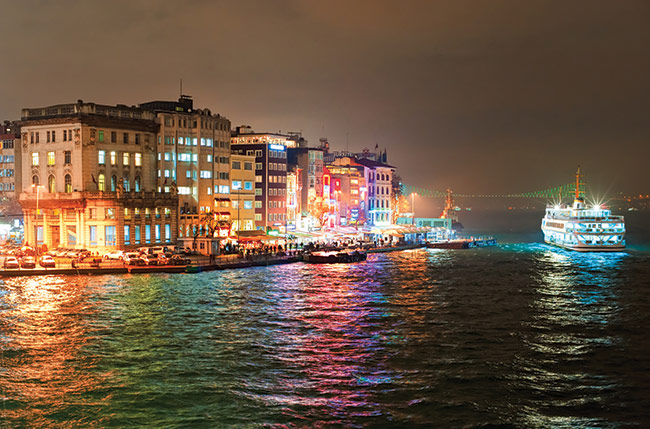
I was so profoundly moved by Istanbul, Memoirs of a City that, before leaving the U.S., I impulsively did what no self-respecting writer would ever do. I friended Orhan Pamuk on Facebook … undaunted by the fact that, whichever of the many Orhan Pamuks I had friended, all the posts were in Turkish. I dreamed of any excuse to interview him. If not, it was sufficient that Pamuk live in the city, as part of its atmosphere.
The only problem was that, on the night before my departure, a quick internet search produced a terrifying result: Pamuk had left Istanbul. He had been put on trial for “insulting Turkishness” (Turkish penal code article 301) after mentioning the genocide of Kurds and Armenians in a Swiss newspaper.
That night, in a Midnight Express fever, I imagined dozens of customs officials at Ataturk Airport poring over my Facebook page. I bade a tearful farewell to my aunt as they handcuffed me and led me to jail at the Four Seasons (which a century ago was a Turkish jail). I pleaded with officials, “I’m the mother of two children.” The next morning, I unfriended my beloved Nobel prize-winner. Upon arriving in Istanbul, I bought a headscarf.
By 7 p.m. on Friday, my aunt and I were on the terrace of the Four Seasons Hotel with a spectacular view of the illuminated mosques of Sultan Ahmet and Hagia Sophia. Below us lay the archeological excavations of a Byzantine palace. Across the street, a small stairway behind the Palatium Restaurant led to the dark and unexplored passages dating from the fourth century.
The itinerary had been the easy part. Arrive on Friday at 5 p.m. Check into the Millienium Hotel in Sultanahmet, the most convenient area in which to stay within walking distance of the major sites.
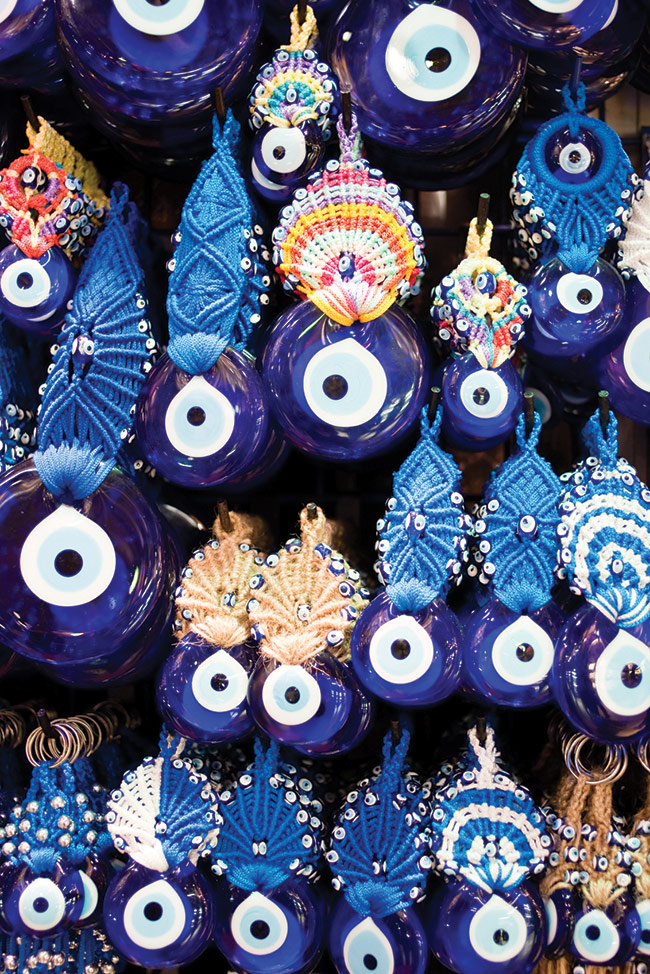 The hard part was that, after inhabiting the city of seductive beauty portrayed in Istanbul, Memoirs of a City, I found myself at odds with Istanbul, as it presented itself outside the book. On that glorious September weekend, I felt no hüzün whatsoever. The vast silhouette of the city’s domes with minarets created syncopated patterns so delicate, they seemed like sharpened pencils poised to write on the bluest of paper skies.
The hard part was that, after inhabiting the city of seductive beauty portrayed in Istanbul, Memoirs of a City, I found myself at odds with Istanbul, as it presented itself outside the book. On that glorious September weekend, I felt no hüzün whatsoever. The vast silhouette of the city’s domes with minarets created syncopated patterns so delicate, they seemed like sharpened pencils poised to write on the bluest of paper skies.
Highlights from our itinerary included: Day 1—The vast basilica of Ayasofya (Hagia Sophia) and the milky-blue serenity of the Sultan Ahmet Mosque; Day 2—Kariye Museum (Chora Monastery), a Byzantine jewel box encrusted with hundreds of mosaics and frescoes with scenes from the Bible; Day 3—Topkapi Palace and the Mosaic Museum.
We rode the funicular, then strolled past the cosmopolitan boutiques of Istiklal Caddesi. The spectacular view from the Galata Tower included, as many visits do, a cup of tea served in a glass without milk. After crossing the Galata Bridge, we headed to the Grand Bazaar. Two hours into this vast labyrinth of metals and textiles and souvenirs of all kinds, we bought a ceramic sultan’s robe from Iznik Works and spent an extra hour drinking tea and commiserating with the vendor about his girlfriend, after which he offered us a necklace with a sultan’s robe in miniature.
Our only other interaction had been with the local cabbie who drove us to the Chora Monastery. As we watched the locals ignoring the call to prayer and the dogs running and leaping along the city walls of Byzantium—ecstatic, unmenacing and free—we caught the driver smiling in the rearview mirror. His eyes were wide and expectant as he uttered the only word of English between us: “Obama?”
On the day of my return to California, I received an email from Ansal and Yigal, the Istanbul Eats team, notifying me that their tours were full for the days I had requested. I wore the sultan’s necklace the vendor had given us at the bazaar, only to be complimented—many times—on my “cross.”
That same week, Downton Abbey, home of the other Pamuk, won four Emmy awards, including “Best Television Miniseries.” The most current information I was able to find about Orhan Pamuk, by whom I felt orphaned on the eve of flying to Istanbul, is that all the charges against him have been dropped and that he teaches at Columbia University in the Middle East Institute Writing Division. Pamuk, we’ll always have Istanbul.
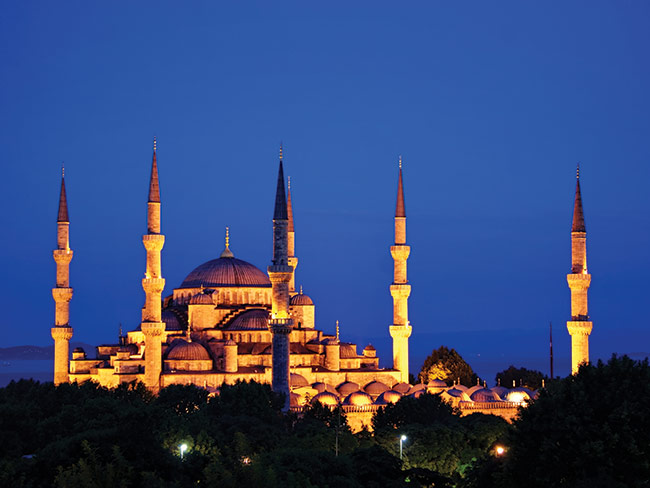
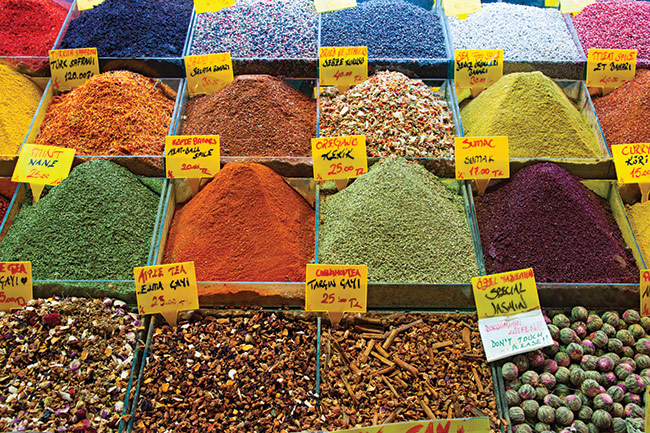
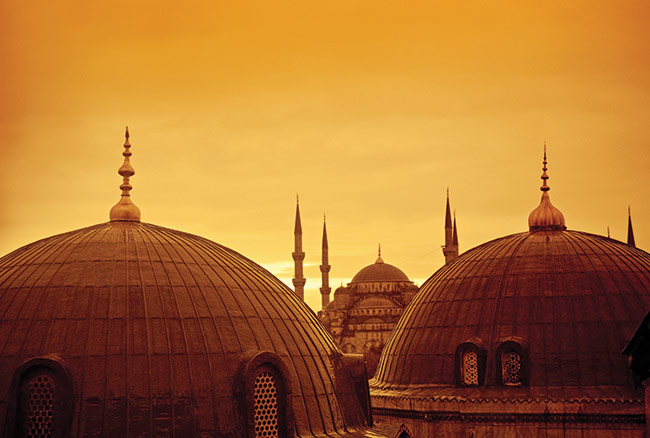
When it Comes to World-Class Spas, Nothing Beats Six Senses Douro Valley in Portugal
Plus, you’re in wine country!





